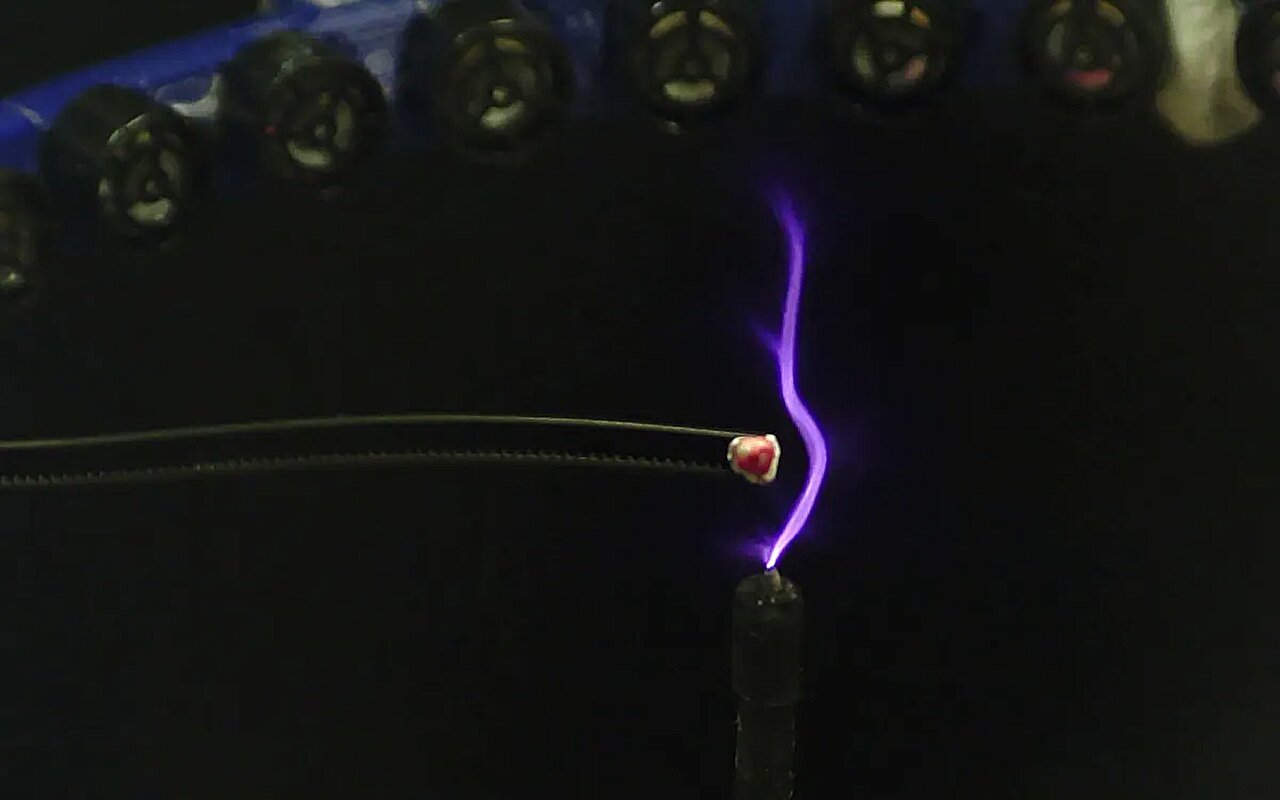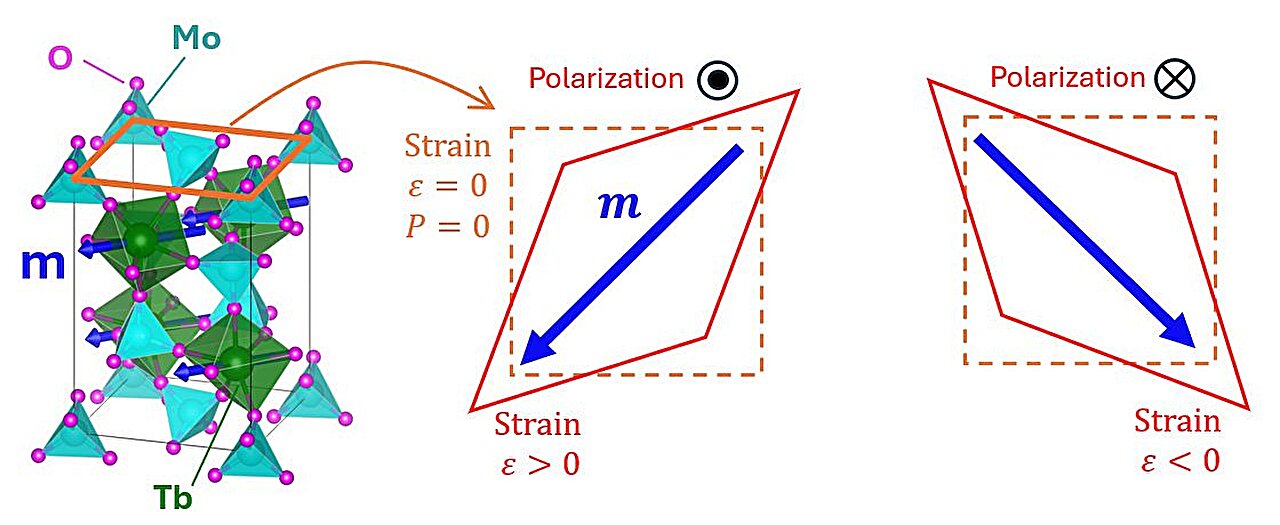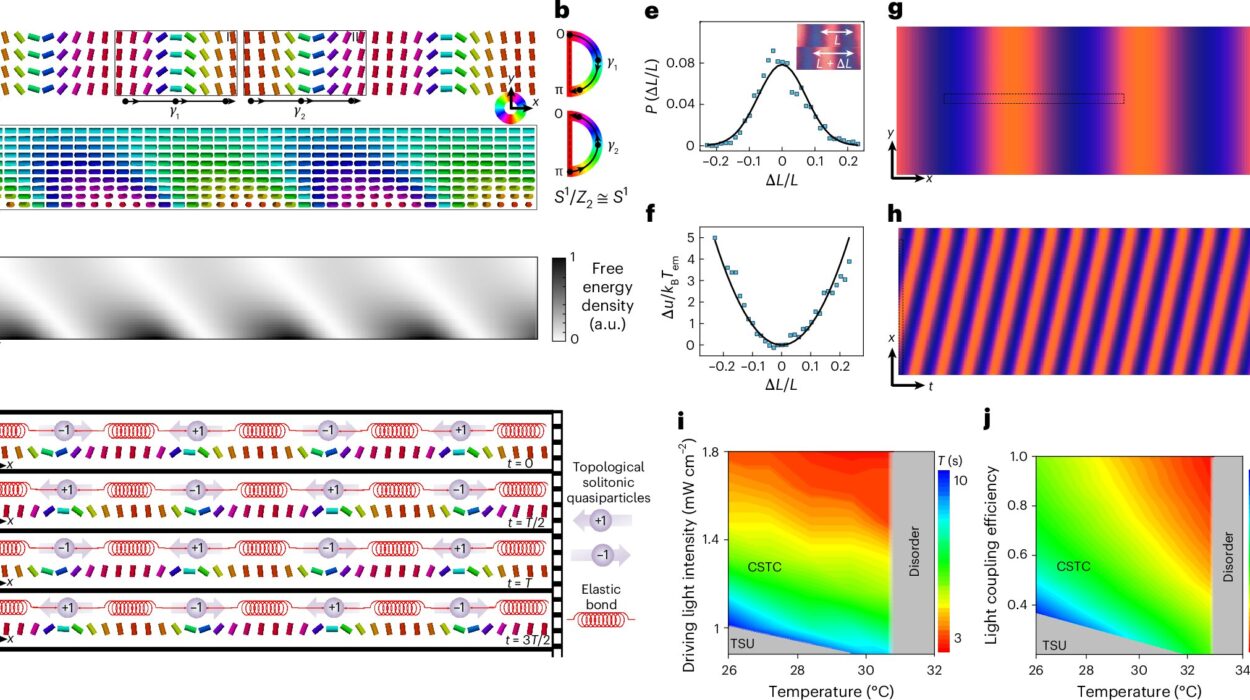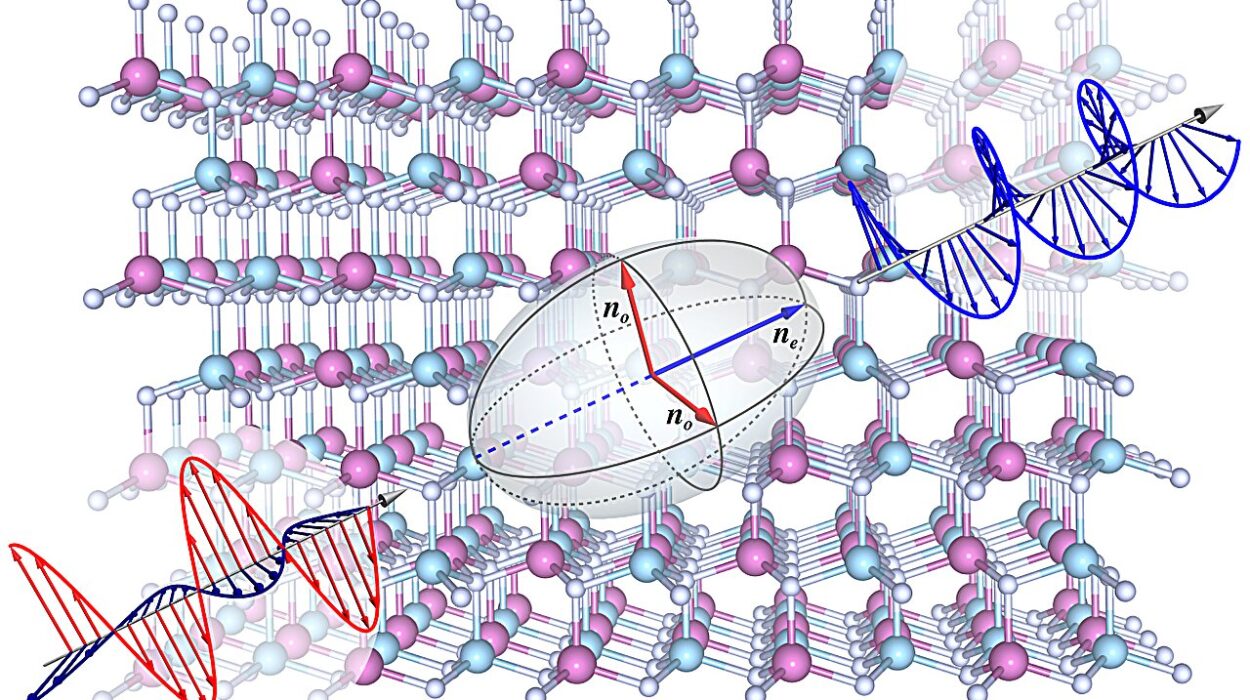Electric sparks are commonly used in a wide variety of applications, from welding and powering electronics to disinfecting environments and igniting fuel in car engines. Their potential is vast, yet one of the major challenges in utilizing electric sparks is their unpredictability. In open space, sparks tend to split into chaotic branches, often veering toward the nearest metallic objects. This uncontrollable nature has limited their use in more precise applications, but a recent breakthrough may change that.
A groundbreaking study, published in Science Advances, has discovered a method of controlling electric sparks with remarkable precision by using ultrasonic waves. This discovery allows electric sparks to be guided around obstacles or directed toward specific locations, even within non-conductive materials. The ability to control sparks in such a way could revolutionize several fields, including atmospheric sciences, biological procedures, and selective powering of circuits.
The Breakthrough
The research team, led by Dr. Asier Marzo from the Public University of Navarre, first observed the phenomenon over a year ago. However, it took several months of experimentation to figure out how to control it, followed by more time to develop a solid explanation. “We observed this phenomenon more than one year ago, then it took us months to control it, and even longer to find an explanation,” Dr. Marzo explains.
The key to this control lies in the way the sparks heat up the air around them. As sparks travel, they cause the surrounding air to heat up, which in turn leads to the expansion and lowering of air density. This hot, lighter air becomes more susceptible to ultrasonic waves, which can guide the path of the spark. The ultrasonic waves create regions of higher sound intensity, and the spark, due to the lower breakdown voltage of the heated air, follows these regions of lighter air, moving with precision and guidance.
How Ultrasound Makes a Difference
In the past, guiding electric sparks was a difficult and dangerous process, primarily achieved using laser-induced discharges, or what is commonly known as electrolasers. While effective, these methods required the use of powerful lasers, which posed significant safety risks to the eyes and skin. Moreover, the timing between the laser pulse and the electric discharge had to be incredibly precise to ensure accurate guidance. The new method, however, replaces lasers with ultrasonic waves, making it not only safer but also more practical.
Ultrasonic waves are sound waves at frequencies above the range of human hearing, and in this case, they are used to manipulate the air around the spark. Unlike lasers, ultrasonic waves do not pose a danger to human health, which makes them a much safer option for manipulating electrical sparks. Additionally, the equipment used for generating and controlling ultrasonic waves is compact, affordable, and can operate continuously without the need for complex timing mechanisms.
Applications of the New Technology
The ability to control electric sparks with such precision opens the door to a wide range of applications that were previously thought to be impractical or impossible. One particularly exciting possibility is the development of contactless tactile systems. For example, Josu Irisarri, the first author of the publication, has proposed the idea of using very faint sparks to create controlled tactile stimuli that could be felt on the skin. This innovation could lead to the creation of a contactless Braille system, allowing individuals with visual impairments to “read” using electric sparks instead of traditional tactile methods. The idea is to use controlled sparks to simulate the raised dots of Braille, providing an entirely new approach to reading for the visually impaired.
Another area where this technology could have a significant impact is in the field of biological procedures. The precise control of sparks could enable new methods for disinfection or even the targeted destruction of harmful cells without affecting surrounding tissue. The ability to direct electrical energy through non-conductive materials could also pave the way for more efficient and localized treatments in medical applications.
In the realm of atmospheric sciences, the controlled use of sparks could be used to study phenomena such as lightning or to trigger artificial lightning strikes. This could provide researchers with valuable insights into the dynamics of lightning and help develop better lightning prediction systems. Additionally, the precision of spark guidance could be used to power selective circuits or to create precise electrical connections in microelectronics, making this technology highly valuable for fields such as nanotechnology and robotics.
The Future of Electric Spark Control
As the researchers continue to explore and refine this new method of controlling electric sparks, the potential for future applications seems limitless. The ability to guide electric sparks with such precision could revolutionize numerous industries, from medicine to communications to energy systems. Moreover, the method’s safety, affordability, and ease of use make it an attractive option for widespread adoption.
“We believe this technique has the potential to transform how we think about electrical systems, from how we power devices to how we interact with technology on a daily basis,” says Prof. Ari Salmi from the University of Helsinki, who was involved in the research. “Precise control of sparks allows their utilization in a wide variety of applications, such as atmospheric sciences, biological procedures, and selective powering of circuits.”
In conclusion, the breakthrough discovery of using ultrasonic waves to control electric sparks is a major step forward in our understanding and manipulation of electricity. This innovative technology offers new opportunities for a wide range of fields and could ultimately lead to more efficient, safer, and more effective methods for harnessing electric sparks for various applications. As research continues, the full potential of this technology will likely unfold, bringing with it even more exciting possibilities for the future.
Reference: Josu Irisarri et al, Electric plasma guided with ultrasonic fields, Science Advances (2025). DOI: 10.1126/sciadv.adp0686






